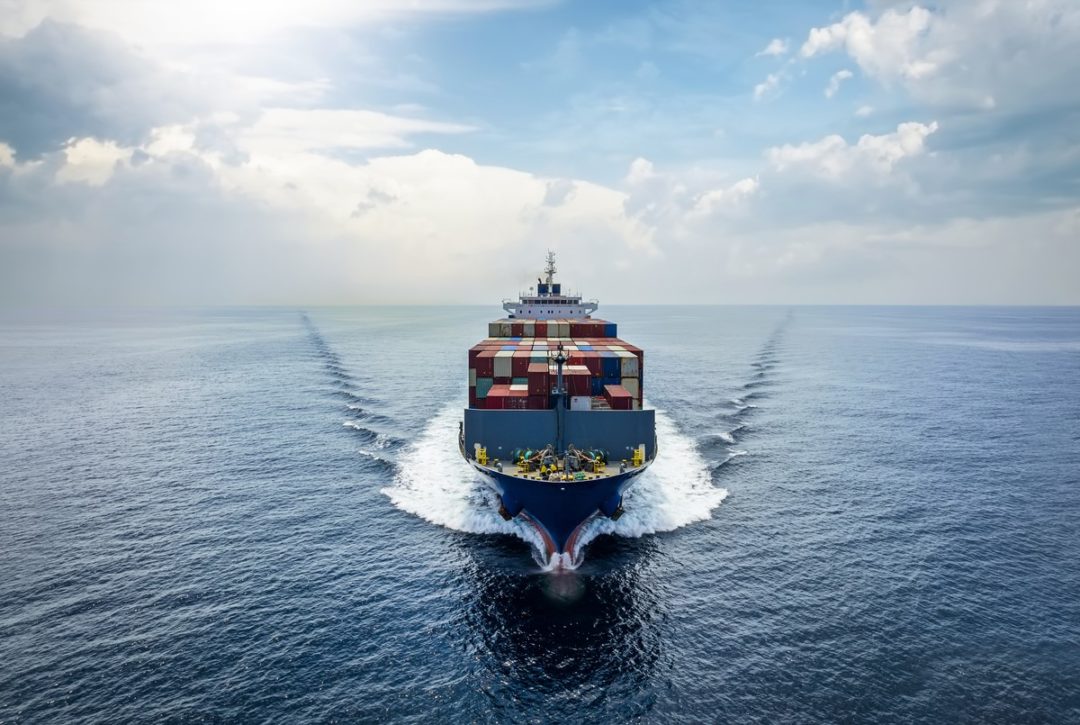
Less-than-containerload (LCL) shipping has played a key role in ocean services for decades, but it gained even greater prominence during the pandemic.
Shippers needed to keep products moving when full-containerload (FCL) capacity and equipment became scarce. Now, in a post-pandemic world where equipment and capacity are readily available, LCL is fulfilling that role in additional ways. Shippers are able to move smaller amounts of inventory as they grapple with overflowing warehouses and the relentless pressure to reduce costs.
According to C.H. Robinson’s latest global shipper survey, 75% of shippers who use LCL plan to continue or increase it in 2023. And 52% are looking to consolidate more shipments overall, a strategy for which LCL can play an important role.
Following are three ways in which shippers can use LCL to further optimize their global supply chains.
Bridge the gap with market and mode shifts. With decreased consumer spending and fuller warehouses, the ability to reduce the amount of freight shipped at once can be a game changer. Shippers can move only the inventory they actually need to meet demand. Or they can hold freight at origin until they build up enough inventory to fill a 40-foot container. Yet for those that still aren’t moving enough volumes to justify FCL, LCL offers a better long-term solution.
As a tool for handling shifting modes, LCL can serve as the go-to ocean product. For example, if a company chose to shift 50% of its air freight to FCL ocean, this would disrupt the supply chain flow unless the shipments were accounted for and were ready for the increased transit time — meaning 50% of inventory is now showing up 20 or more days later. LCL services help to bridge the gap as shippers work the longer transit times into their supply chain to avoid disruption to customers, distribution centers and warehouses. Expedited LCL can also be utilized before shippers take the jump to traditional LCL, and then eventually traditional FCL.
Diversify the shipping portfolio. The pandemic exposed risk when a shipper is too dependent on one mode or trade lane. Having a balanced shipping strategy requires mode, lane and sourcing diversification. An independent logistics expert can help to find the right balance, mitigating risk and leading to better optimization.
While LCL is just one piece of the supply chain diversification discussion, it’s a service line that can be easily overlooked and not used to its full potential. For example, with more companies looking to reshore or nearshore all or parts of the supply chain, LCL can play a major role in beginning that journey by sending smaller shipments to potential new manufacturers. It could also figure into port diversification at the conclusion of West Coast longshore labor negotiations later this year. By shifting a portion of freight back to the region, shippers would have the opportunity to see the pros and cons of returning, without committing a full 40-foot container of inventory.
Recoup costs and future savings. Elevated shipping costs during the pandemic put cost savings top of mind for shippers in 2023, and LCL is an easy way for them to quickly reduce spend against air or under-utilized FCL shipments, because they only pay for the space they need. During the pandemic, shippers saw upwards of 60% to 75% of savings when using expedited LCL versus air. While today’s market doesn’t have that large of a disparity, LCL is still a go-to service when shippers are looking to save on costs. It can also aid in saving on detention and demurrage fees. By using in-transit time as a means of inventory storage, shippers can lower warehousing and inventory costs.
As the logistics market continues to shift and bring new challenges, it’s a good time to take note of how dynamic LCL can be as a solution. It can be used to save on transportation spend for long-term impact, or help fill the gaps to manage through short-term needs and changes.
Greg Scott is director of LCL at C.H. Robinson.







